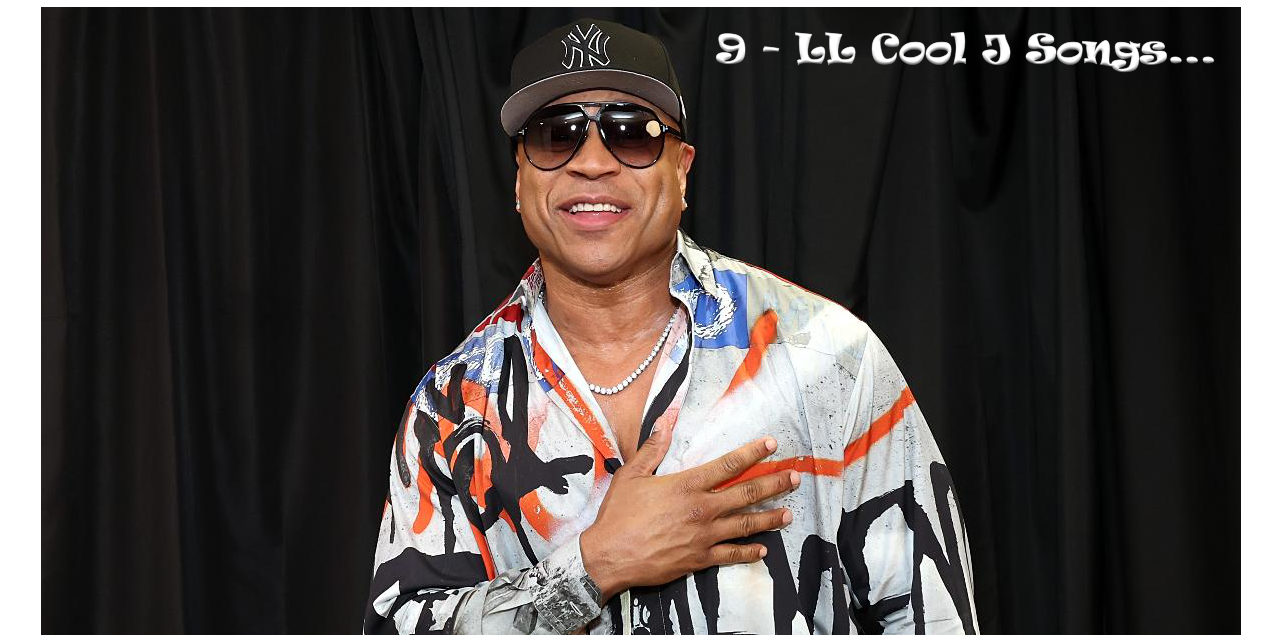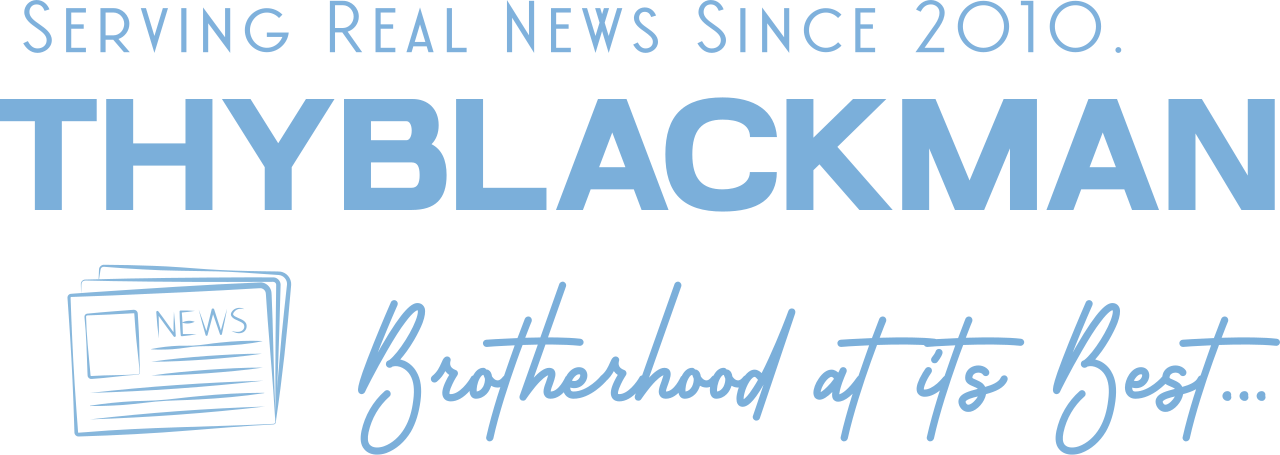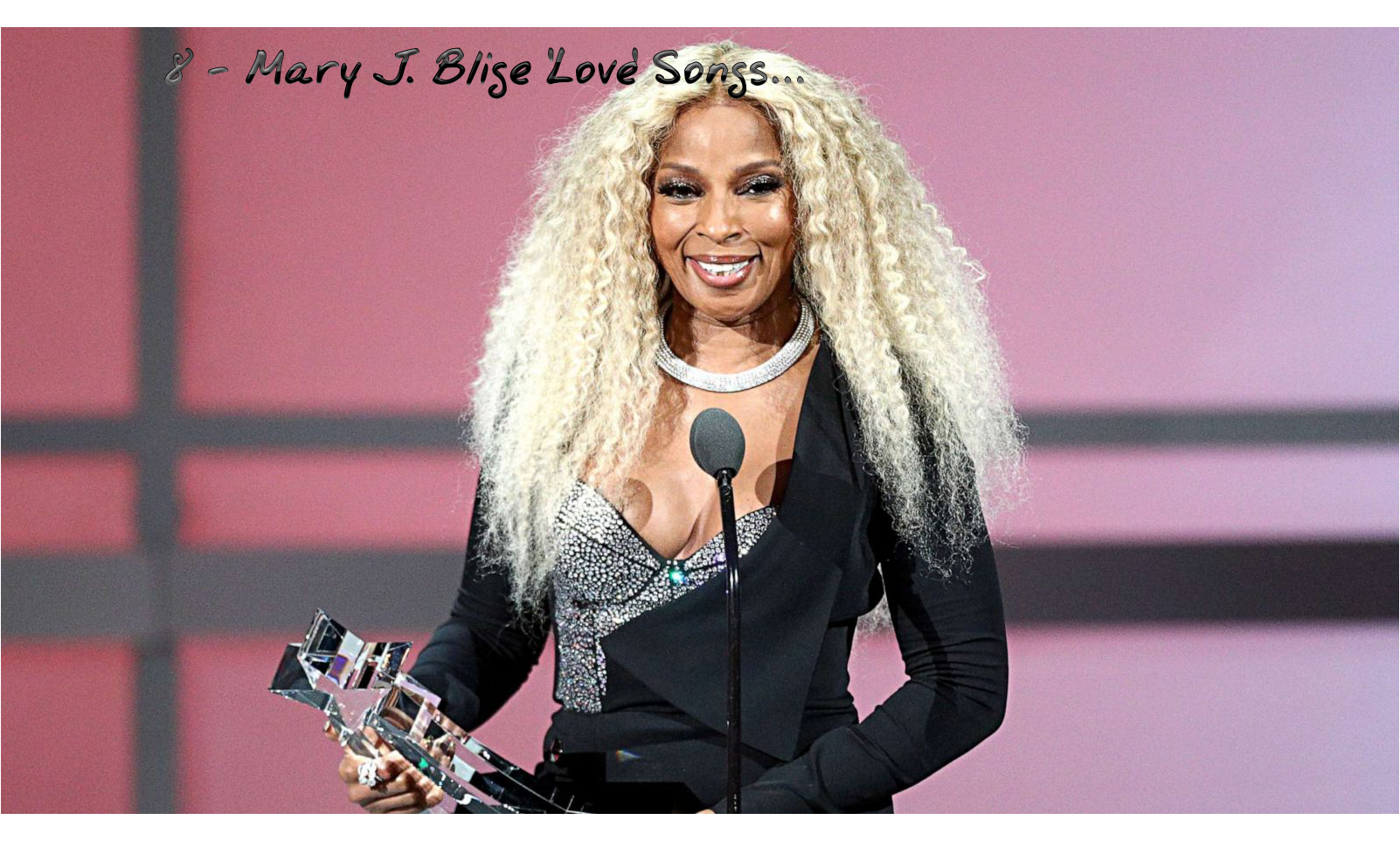(ThyBlackMan.com) LL Cool J’s name has long been synonymous with hip hop’s evolution, versatility, and resilience. From the moment he burst onto the scene in the mid-1980s, his commanding voice, lyrical bravado, and ability to cross musical boundaries set him apart from his peers. Few artists can boast a career that spans decades with hits that still resonate across generations, but LL has consistently proven his staying power.
His catalog reflects not just the growth of an individual artist but also the story of hip hop itself—from raw block party anthems to polished mainstream crossovers. The songs highlighted here capture that journey. They are works that shaped LL’s identity, influenced the culture around him, and continue to offer listeners fresh energy today. To revisit these tracks is to understand not only LL Cool J’s artistry but also the heartbeat of hip hop across eras.

1. “I Can’t Live Without My Radio”
“I Can’t Live Without My Radio” is LL Cool J’s first breakout hit and one of the defining songs of Def Jam’s early years. Released in 1985, it perfectly captured the raw energy of hip hop’s golden age. The track features LL’s booming voice over stripped-down production, a heavy beat, and sparse scratches that put his lyrics front and center. For many, this was their first introduction to the teenage rap prodigy who would soon dominate the charts.
What makes this track essential today is how it embodies the authenticity of hip hop’s beginnings. LL isn’t rapping about fame or luxury; he’s declaring his passion for music itself. The imagery of a young man carrying around a giant boombox, blasting his beats, connects to the grassroots culture of hip hop—where sound systems, block parties, and energy defined the artform more than radio play or streaming numbers. Listening to this song now feels like stepping back into the roots of the genre.
The track also remains an anthem for purists who admire hip hop’s early rawness. In an era where production is often polished and layered with complex sounds, “I Can’t Live Without My Radio” feels refreshingly stripped down. That minimalist aesthetic gives space for LL’s voice to dominate, reminding listeners that rap is first and foremost about the MC’s presence, delivery, and storytelling ability. His confidence on this track, especially for such a young artist, was unmatched.
Another reason this track holds up is its universal theme—loving music so much that it becomes part of your identity. The raw energy of LL’s voice communicates a hunger that can be understood by anyone who remembers being young and obsessed with sound. Whether you grew up lugging a boombox, burning CDs, or curating digital playlists, the urgency of LL’s declaration still rings true: without music, life loses its rhythm.
2. “Rock the Bells”
“Rock the Bells” is arguably LL Cool J’s most aggressive early anthem. Released the same year as “I Can’t Live Without My Radio,” it demonstrated his ability to dominate the mic with authority. The production is rugged, featuring bells, booming drums, and classic DJ cuts that make the track both abrasive and infectious. It’s not just a song—it’s a proclamation that LL was here to stay.
Critically, “Rock the Bells” exemplifies the essence of battle rap and stage presence. LL delivers his verses with such ferocity that the track feels like a live performance. His rhymes are sharp, commanding, and unapologetically brash. At a time when hip hop was still carving its identity in mainstream culture, LL’s confidence stood out. He wasn’t just rapping—he was declaring himself king of the scene, and listeners believed him.
The song also represents the competitive spirit of the era. LL understood that to survive in the rap game, you had to not only rhyme well but also intimidate and captivate. The repetitive chants and explosive energy mirror the live battles and block parties that built hip hop culture. His ability to turn that energy into a recorded track proved his instincts as a performer and a studio artist.
Today, the track still resonates because of its raw power. In an age where rappers often rely on heavy production or auto-tune to amplify their voices, “Rock the Bells” reminds us that pure lyrical energy can carry a track. DJs still use it in sets to bring back that old-school flavor, and hip hop heads embrace it as a timeless anthem. Its chant-like energy also makes it one of those tracks that can ignite a crowd instantly, proving its endurance as both a historical document and a party starter.
3. “I’m Bad”
By the time LL released “I’m Bad,” he was already a star. This track, however, solidified his reputation as one of rap’s fiercest competitors. With its pounding beat and LL’s high-energy delivery, the song is pure braggadocio—a swaggering showcase of his lyrical dominance. From the opening line, “No rapper can rap quite like I can,” he leaves no doubt that he considers himself the top MC in the game.
“I’m Bad” exemplifies the late ’80s era of hip hop, when rappers built their reputations on claims of supremacy. LL’s flow here is relentless, and his metaphors were some of the sharpest in his catalog. He compared himself to superheroes, outlaws, and legends, weaving together imagery that made his persona larger than life. This wasn’t just about music—it was about mythology. LL became more than an artist; he was a character whose very existence commanded respect.
What makes “I’m Bad” compelling to this day is its theatricality. The song almost plays like a soundtrack to an action film, with LL positioning himself as the unstoppable hero. His wordplay, paired with the adrenaline-pumping beat, makes it a natural fit for moments where confidence is needed—whether in sports arenas, the gym, or simply in everyday life when someone needs a shot of bravado. Its exaggerated swagger is part of its charm, and that’s why it continues to hit hard decades later.
Ultimately, “I’m Bad” captures LL Cool J at his most unapologetically cocky. And while hip hop has since become known for outsized personalities and larger-than-life claims, this track helped set that standard. LL’s mastery of self-promotion and performance gave hip hop a blueprint for how to package ego into art. It remains one of his most important contributions to rap’s cultural DNA.
4. “Going Back to Cali”
Produced by Rick Rubin, “Going Back to Cali” is one of LL Cool J’s most iconic songs because of its distinct sound and laid-back delivery. Unlike the aggressive “I’m Bad” or “Rock the Bells,” this track leaned into a smoother, funk-driven beat with Rubin’s minimalist touch. The production is sparse, with funky basslines and scratches, allowing LL’s cool, calm delivery to stand out.
Lyrically, the song explores LL’s relationship with California, particularly the West Coast lifestyle. It has an almost conversational tone, as if LL is weighing the pros and cons of being out there. While much of rap at the time was about bravado, “Going Back to Cali” revealed LL’s versatility—he could slow it down, stay cool, and still dominate. His repeated line, “I don’t think so,” became one of his signature catchphrases.
The song also holds historical significance. At a time when East Coast and West Coast identities in rap were beginning to diverge, LL created a track that flirted with both cultures without fully aligning with either. His willingness to play with styles and attitudes helped him transcend regional boundaries, which was rare in that era. It demonstrated that LL wasn’t boxed in—he could move across musical and cultural lines with ease.
Listening to it today, “Going Back to Cali” still feels smooth and stylish. Its funky bassline and minimalist rhythm give it a timeless groove, and LL’s delivery has aged gracefully. The track works equally well in a party setting, as background cruising music, or as a slice of nostalgia for rap’s late ’80s experimentation. It’s the kind of track that reminds us how LL mastered the art of cool long before hip hop became a global industry.
5. “Mama Said Knock You Out”
Perhaps LL Cool J’s most famous song, “Mama Said Knock You Out” is more than just a hip hop classic—it’s a cultural moment. Released as the title track of his 1990 album, the song re-established LL’s dominance after critics claimed he was losing relevance. Over Marley Marl’s booming production, LL delivered some of his fiercest rhymes ever, transforming what could have been a comeback attempt into a defining anthem of his career.
From its opening line—“Don’t call it a comeback, I’ve been here for years”—LL sets the tone. The track is aggressive, confident, and sharp. His delivery is forceful, each line landing like a punch. It’s not just about proving himself to his critics but also about reclaiming the crown of hip hop. The boxing metaphors throughout give the track a physical intensity, making it one of the most memorable battle-themed songs in rap history.
The universal quality of the track is what makes it endure. Everyone knows what it’s like to be underestimated or dismissed, and LL channels that frustration into pure lyrical fire. That’s why the song transcended hip hop—it became a motivational anthem in sports, in culture, and in everyday life. When played, it sparks energy and determination in listeners, no matter their background.
More than three decades later, “Mama Said Knock You Out” remains an electrifying listen. The production is crisp, the rhymes are fierce, and the energy is infectious. It’s one of those rare songs that doesn’t just represent a moment in rap history but continues to inspire each new generation that discovers it. In the story of LL Cool J, this is the knockout punch that cemented his legacy forever.
6. “Around the Way Girl”
While LL Cool J was known for his brashness, he also had a softer side that made him a hit with female fans. “Around the Way Girl” is a perfect example of this. Released on the same album as Mama Said Knock You Out, the song is a smooth ode to neighborhood women who embody style, confidence, and beauty. Built on a sample of Mary Jane Girls’ “All Night Long,” it blends rap with R&B in a way that was ahead of its time.
LL’s verses celebrate women with bamboo earrings, hair extensions, and street-smart charisma. Rather than glorifying unattainable ideals, he praised the beauty of women from his community. This gave the song authenticity and relatability, while the catchy chorus made it an instant radio hit. It became one of LL’s signature tracks, cementing his reputation as both a fierce MC and a ladies’ man.
What makes “Around the Way Girl” stand out is how it bridges the masculine energy of hip hop with the tender appreciation of women. LL made it clear that his toughness on the mic didn’t mean he couldn’t show admiration and love. That balance of strength and vulnerability helped open the door for future rappers who sought to blend romance with lyricism without losing credibility. In fact, many R&B/hip hop hybrids that emerged in the ’90s owe a debt to the groundwork LL laid here.
Musically, the track holds up because of its smooth groove. It works equally well as a love song, a throwback jam, or simply a feel-good track for any playlist. “Around the Way Girl” is proof that LL Cool J’s versatility helped him reach audiences beyond hardcore rap fans, making him one of the most crossover-friendly artists of his era. It remains an anthem for everyday beauty—something rare in a genre that too often prizes flash over authenticity.
7. “Doin’ It”
By the mid-1990s, hip hop had evolved dramatically, and LL Cool J adapted with the times. “Doin’ It,” released in 1996, is one of his most memorable tracks from that decade. Featuring LeShaun, the song is a sensual, flirtatious back-and-forth between the two rappers, set against a smooth, bass-heavy beat. It quickly became a club favorite and showed LL’s ability to stay relevant in a shifting musical landscape.
Lyrically, the song is explicit but playful. LL and LeShaun trade lines about intimacy with humor, chemistry, and confidence. It wasn’t just about shock value—their chemistry made the track fun and engaging. The catchy hook and hypnotic beat ensured its place as one of the mid-’90s definitive rap singles. It also reflected the increasing fusion of hip hop and R&B at the time, as rap became more embedded in nightlife culture.
“Doin’ It” also highlights LL’s awareness of image and presentation. He knew how to appeal to both men and women without alienating either. The song’s flirtatious banter showcased him as charming rather than overly aggressive, making him accessible across demographics. This ability to walk the line between sex appeal and playfulness kept him in the spotlight even as younger rappers began dominating the charts.
For today’s listeners, “Doin’ It” still works as a party anthem. Its groove and playful energy make it perfect for the dance floor, while its flirtatious exchanges remain entertaining. Even nearly three decades later, “Doin’ It” feels modern because of its smooth production and confident delivery. It is a reminder of how LL Cool J consistently reinvented himself, staying relevant while other rappers of his era faded away.
8. “Loungin’ (Who Do Ya Luv)”
Another standout from the Mr. Smith album, “Loungin’ (Who Do Ya Luv)” is LL Cool J at his most laid-back and romantic. Sampling Bernard Wright’s “Who Do You Love,” the track blends smooth R&B with LL’s charismatic rap delivery. It became a crossover hit, showing once again how easily LL could move between hardcore hip hop and mainstream-friendly love songs.
The song’s strength lies in its smoothness. LL’s verses are delivered with a relaxed confidence, as he paints himself as the ideal partner—caring, stylish, and attentive. The production complements this vibe perfectly, creating a track that feels warm and inviting. Unlike some of his more aggressive tracks, “Loungin’” showcases LL’s softer side without sacrificing credibility. It tapped into his appeal as a rapper who could also speak to the heart.
“Loungin’” also demonstrated how LL understood the importance of diversification in hip hop. At a time when gangsta rap dominated, he chose a different lane, leaning into romance and smooth grooves. This decision paid off commercially and critically, as it positioned him as one of the few rappers who could effortlessly cross into R&B territory. His instincts for balance—tough when needed, smooth when wanted—solidified his longevity.
The track still sounds fresh because of its timeless groove. The fusion of rap and R&B remains popular today, but LL helped pioneer that lane long before it became standard. “Loungin’” works as both a nostalgic throwback and a modern slow jam, making it versatile for playlists ranging from date nights to relaxed evenings at home. For critics, it’s also a reminder that LL Cool J’s artistry extended beyond bravado—he mastered intimacy in hip hop before it was fashionable.
9. “Headsprung”
By the early 2000s, many wondered if LL Cool J could keep up with the new generation of rappers. He answered that question with “Headsprung,” a Timbaland-produced track that gave him a fresh, modern sound. The song is energetic, futuristic, and club-ready, proving that LL could adapt to changing times while still maintaining his signature charisma.
Timbaland’s production gave “Headsprung” a distinct sound, with bouncing synths, heavy bass, and quirky rhythms. LL rides the beat with confidence, delivering verses full of swagger and energy. While it was a departure from his earlier style, it demonstrated his willingness to evolve. For fans who had followed him since the 1980s, it was proof that LL wasn’t going to fade quietly—he was determined to stay relevant.
“Headsprung” also signified an important moment in hip hop’s generational shift. While many veterans struggled to stay relevant in the 2000s, LL aligned himself with one of the hottest producers in the game. Timbaland’s futuristic style and LL’s seasoned delivery created a synergy that appealed to younger audiences while still honoring his reputation. It was a statement that LL could compete in any era if given the right tools.
For today’s listeners, “Headsprung” still works as a fun, high-energy track. While its futuristic production may have been tied to the early 2000s, it retains a certain freshness thanks to Timbaland’s innovative style. LL’s performance is charismatic, and the song’s hook ensures its place as a party anthem. Few rappers can claim to have hits across three different decades, but “Headsprung” is proof of LL Cool J’s rare ability to adapt and thrive.
LL Cool J’s legacy rests on more than just chart success—it is built on innovation, adaptability, and an instinct for balancing authenticity with broad appeal. The nine songs covered here reflect different sides of his artistry: the fearless battle rapper, the smooth storyteller, the romantic charmer, and the seasoned veteran who could reinvent himself without losing credibility.
Listening to these tracks now is a reminder of why LL Cool J remains a cornerstone of hip hop history. His music continues to inspire younger artists while providing timeless enjoyment for longtime fans. For those exploring the genre’s foundations or revisiting its golden moments, these songs serve as essential entry points into the career of one of rap’s true pioneers.

















Leave a Reply